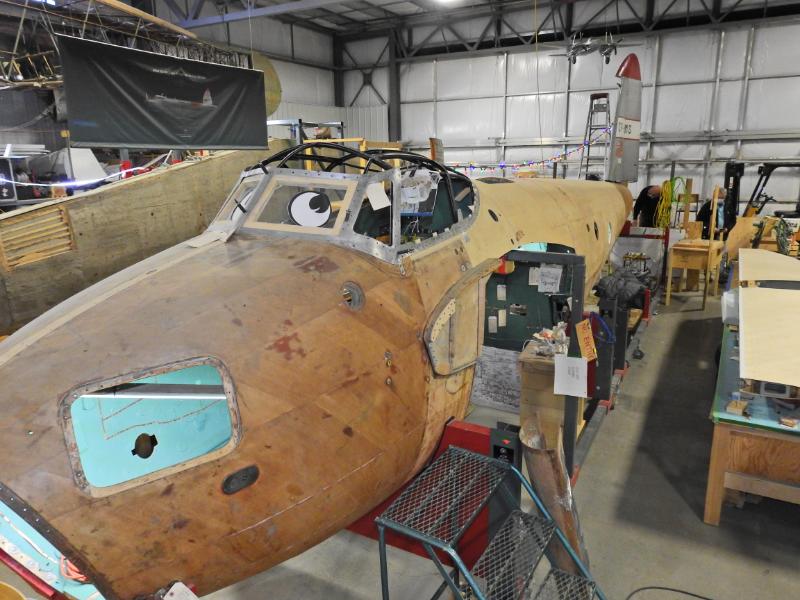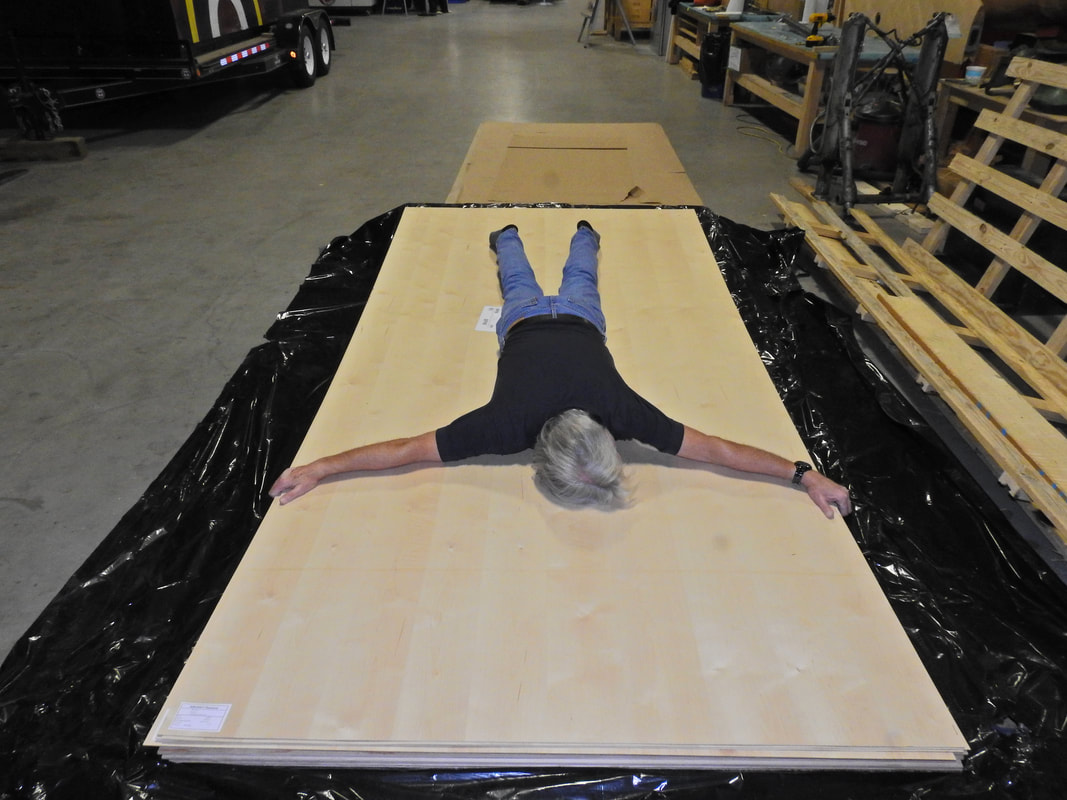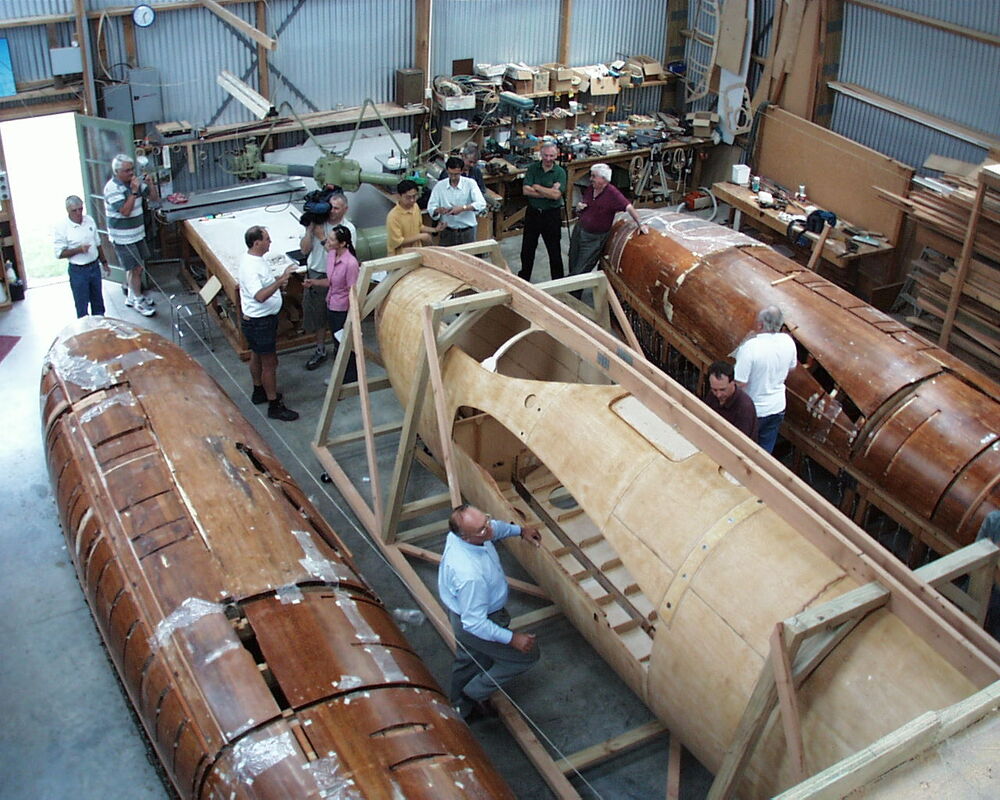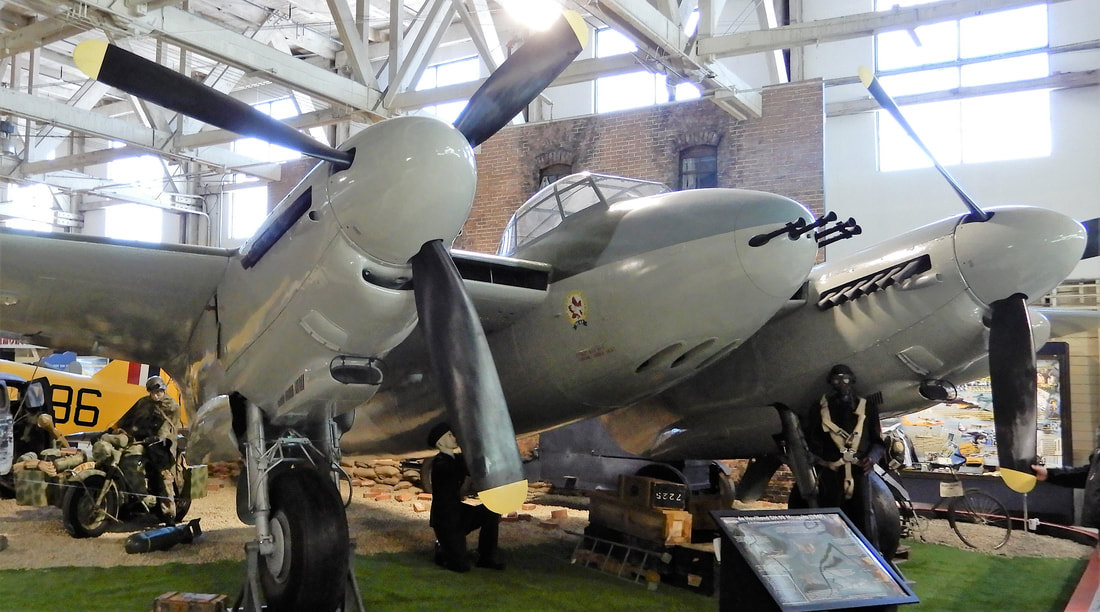International Contact in Restoration
Story by John Chalmers,
CAHS Membership Secretary
posted December 2022
CAHS Membership Secretary
posted December 2022
As reported in the August issue of our newsletter, the Calgary Mosquito Society was facing a serious problem in its restoration of the Mosquito owned by the City of Calgary. The aircraft is being rebuilt in the shop of the Bomber Command Museum of Canada at Nanton, Alberta, but was in need of more special plywood required to continue the project.
The supplier of the raw wood was in Russia, but the product was manufactured in Austria. With sanctions against Russia due to the war with Ukraine, supply of wood for the plywood became unavailable. Thus the search began for the Baltic Birch plywood that was made exactly like that used to build de Havilland Mosquitos during the Second World War. Thirteen sheets, 1.5 x 3 meters, were needed and any substitute was not acceptable!
The supplier of the raw wood was in Russia, but the product was manufactured in Austria. With sanctions against Russia due to the war with Ukraine, supply of wood for the plywood became unavailable. Thus the search began for the Baltic Birch plywood that was made exactly like that used to build de Havilland Mosquitos during the Second World War. Thirteen sheets, 1.5 x 3 meters, were needed and any substitute was not acceptable!
Under restoration now in its eleventh year, Calgary’s de Havilland Mosquito is seen in the shop at Nanton. Original and new wood can be seen in the nose and rear of the fuselage, respectively. (Richard de Boer photo)




